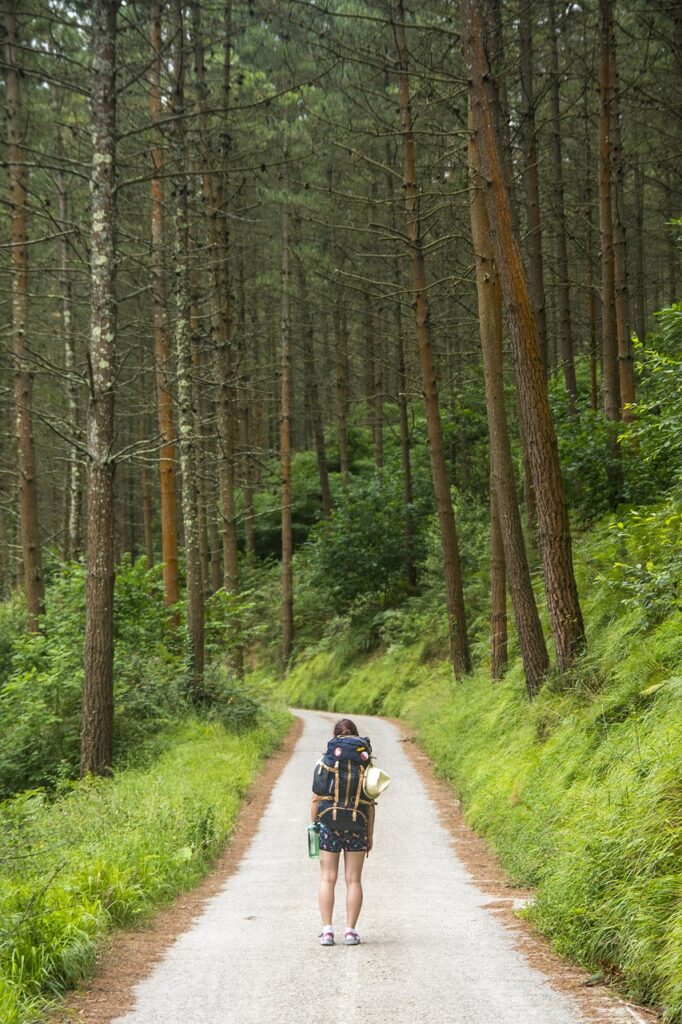
Exploring the forest can be an exhilarating adventure filled with breathtaking scenery, unique wildlife, and a sense of tranquility. However, it’s important to be prepared for the challenges that nature can present. Here are some essential survival tips to keep in mind when traveling to or navigating through the forest.
1. Plan Ahead
Research the Area: Before heading out, gather information about the forest you’ll be visiting. Know the terrain, weather conditions, and potential hazards.
Map and Compass: Always carry a detailed map and a reliable compass. Familiarize yourself with the area’s landmarks and trail routes.
Emergency Contacts: Inform someone about your trip itinerary, including your expected return time. Have local emergency contacts and know the nearest medical facilities.
2. Pack the Essentials
Survival Kit: A well-stocked survival kit is crucial. Include items like a first-aid kit, fire starters, a multi-tool, a whistle, and a flashlight with extra batteries.
Clothing: Dress in layers to adapt to changing weather conditions. Wear moisture-wicking materials, and pack a waterproof jacket and sturdy hiking boots.
Food and Water: Bring enough non-perishable food for the duration of your trip. Carry a portable water filter or purification tablets to ensure a clean water supply.
Shelter: A lightweight tent, emergency bivvy, or a tarp can provide vital protection against the elements.
3. Navigating the Forest
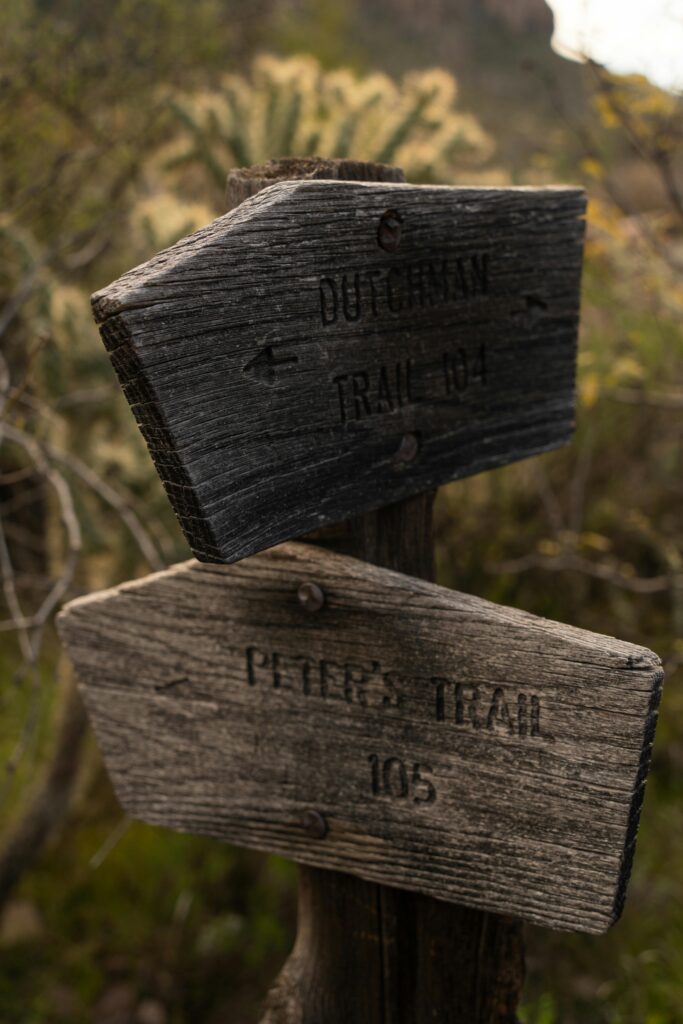
Stay on Marked Trails: Stick to established trails to avoid getting lost and to minimize your impact on the environment.
Use Landmarks: Identify and remember natural landmarks such as rivers, mountains, and unique trees to help with orientation.
GPS Device: A GPS device or smartphone with offline maps can be a valuable tool, but don’t rely solely on technology. Batteries can die, and signals can be lost.
4. Building a Shelter
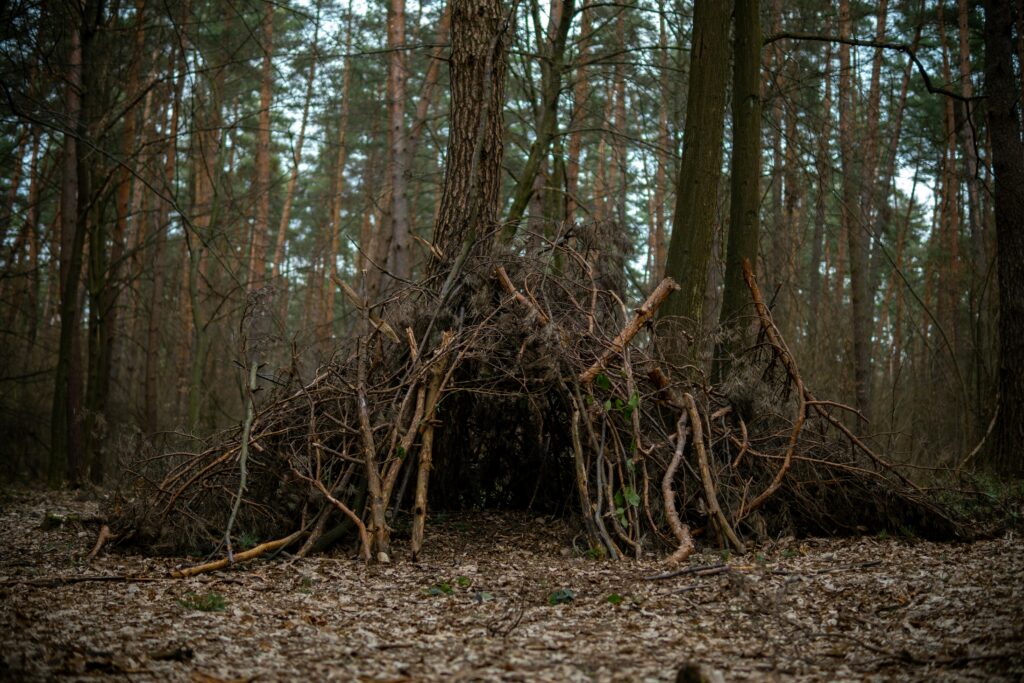
Natural Materials: Use branches, leaves, and other natural materials to construct a simple shelter if you find yourself in an emergency situation.
Location: Choose a safe, dry location away from hazards like falling branches or flooding. Look for a flat area with some natural wind protection.
5. Starting a Fire
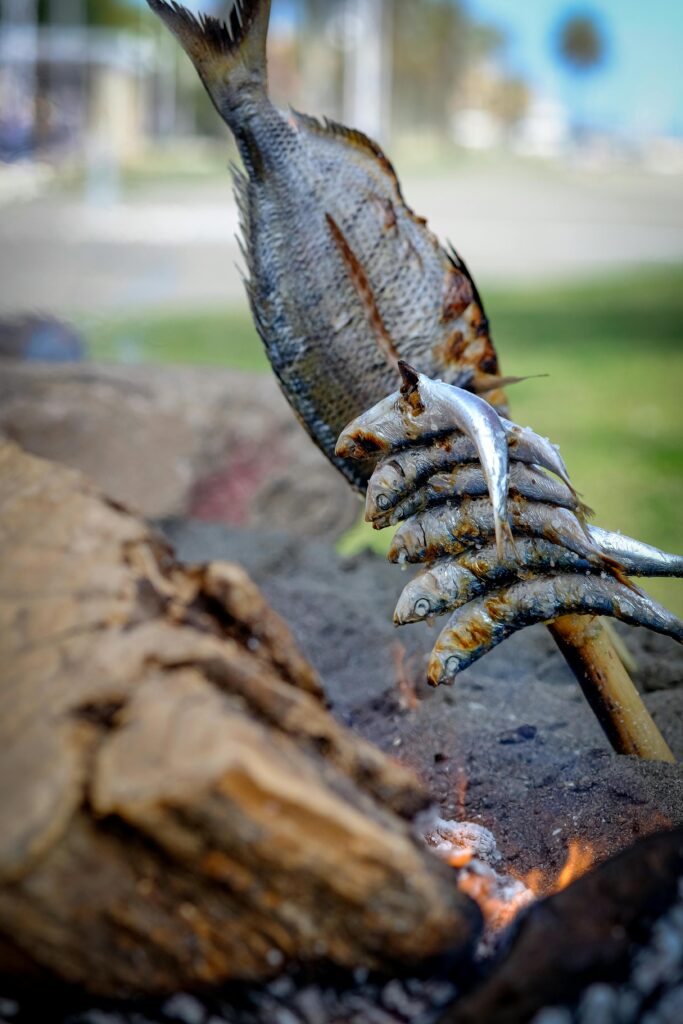
Fire Starters: Waterproof matches, a lighter, and fire starters (such as cotton balls soaked in petroleum jelly) are essential for building a fire.
Dry Tinder: Gather dry leaves, grass, and small twigs to use as tinder. Gradually add larger sticks and logs to sustain the fire.
Safety: Always clear a space around your fire to prevent it from spreading. Never leave a fire unattended, and ensure it’s completely extinguished before leaving.
6. Finding and Purifying Water
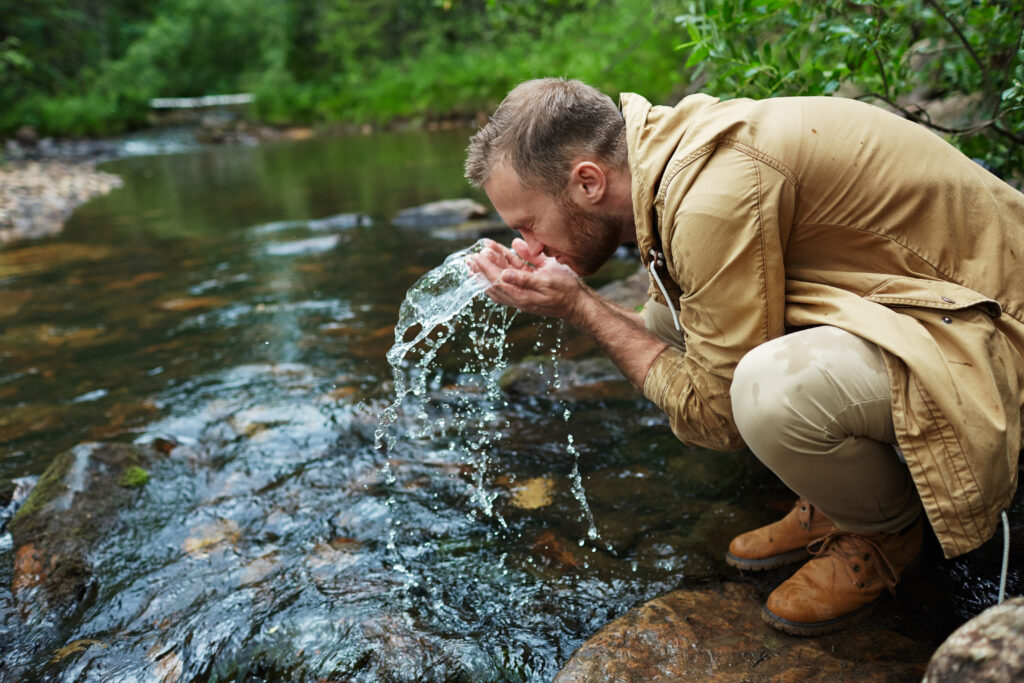
Sources: Look for streams, rivers, or lakes as potential water sources. Collect rainwater if possible.
Purification: Boil water for at least one minute to kill pathogens. Alternatively, use water purification tablets or a portable filter.
7. Foraging for Food
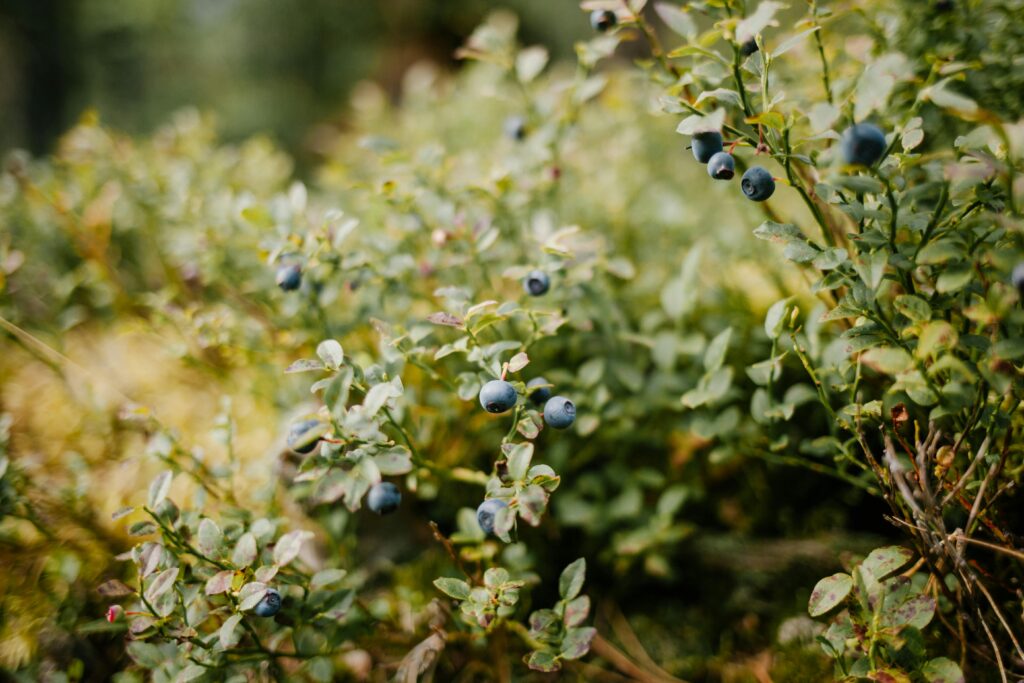
Edible Plants: Learn to identify edible plants and berries in the forest. Avoid any plants you are unsure of, as many can be toxic.
Insects and Small Animals: Insects like ants and grasshoppers can be a protein source. Small animals can be caught using traps or snares if you have the skills.
8. Signaling for Help

Whistle: A loud whistle can be heard from a distance and is more effective than shouting.
Signal Fire: Create a signal fire by adding green branches or leaves to produce smoke. Build it in an open area for visibility.
Mirror: Use a mirror or any reflective surface to catch the attention of rescuers by reflecting sunlight.
9. Staying Calm and Focused

Mental Preparedness: Panic can be your worst enemy in a survival situation. Stay calm, think logically, and prioritize your needs.
Stay Put: If you become lost, it’s often best to stay in one place to increase the chances of being found by rescuers.
10. Respect Wildlife
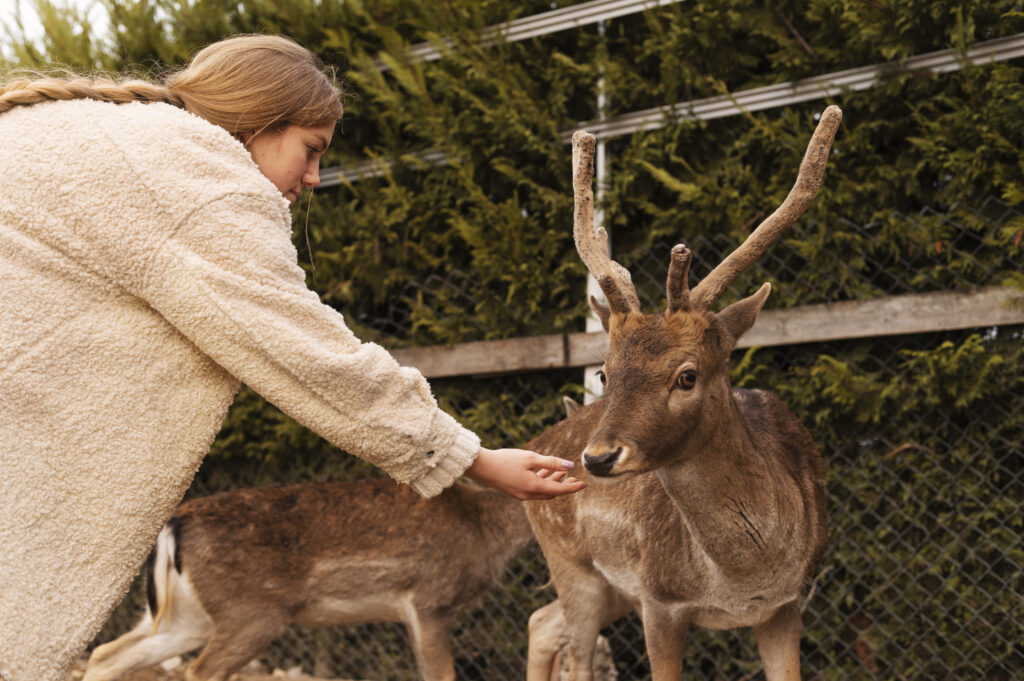
Keep Distance: Maintain a safe distance from all wildlife. Avoid feeding animals, as this can alter their natural behavior and pose risks to both you and the animals.
Store Food Properly: Use bear-proof containers or hang food high off the ground to prevent attracting wildlife to your campsite.






